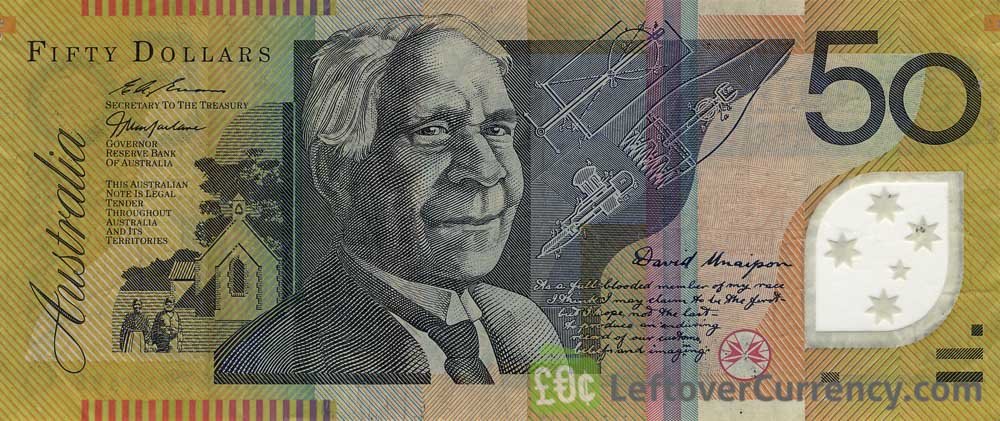USD/CAD Rises on Fed Cook’s Sacking, Eliciting Dollar Sentiment, Investors Await Canada GDP and Trade Negotiations
The USD/CAD currency pair rose to about 1.3850 during Wednesday’s late Asian trading following the US Dollar’s appreciation even as the Federal Reserve faced political uncertainty after President Donald Trump sacked Fed Governor Lisa Cook, who has threatened to contest the move in the courts legally. Anxiety regarding the integrity of US institutions has burdened the Greenback, with Canadian Dollar traders looking to clarity from the forthcoming US-Canada trade talks and this Friday’s release of Canada’s Q2 GDP figures to guide the Loonie’s short-term direction. KEY LOOKOUTS • Political tensions escalate following President Trump’s sacking of Fed Governor Lisa Cook, raising questions regarding the integrity of US financial institutions. • Cook’s move to sue over her firing puts additional pressure on the stability of the US Dollar. • Investors watch closely for Canadian official-US counterpart talks for possible trade concessions. • Canadian GDP and June and Q2 figures, to be released Friday, are predicted to give the Canadian Dollar new direction. USD/CAD currency pair edged up near 1.3850 on Wednesday as the US Dollar slightly benefited despite political unrest over the Federal Reserve. The confidence of the Greenback in the market has been rattled following President Trump’s sudden removal of Fed Governor Lisa Cook, leading her to seek legal recourse over the move. The political drama has left US institutions’ credibility in question, with investors now being cautious. In the meantime, the Canadian Dollar moves sideways as markets wait for developments on US-Canada trade negotiations and the release of Canada’s Q2 GDP figures, both of which are expected to shape the Loonie’s next direction. USD/CAD hovers around 1.3850 as the US Dollar resists despite Fed uncertainty following Governor Lisa Cook’s removal. Market players remain on hold until US-Canada trade talks and Canada’s Q2 GDP release later Friday. • USD/CAD ticks higher to about 1.3850 in Wednesday late Asian dealing. • US Dollar rises modestly with the DXY at 98.35 amid political uncertainty. • President Trump’s firing of Fed Governor Lisa Cook creates institutional credibility issues. • Lisa Cook will sue to overturn her firing, ratcheting up political tensions. • Market sentiment is still wary of US financial decision-making stability. • Canadian Dollar moves horizontally as investors wait for updates on US-Canada trade negotiations. • Canada’s Q2 and June GDP figures, released Friday, may take direction of the Loonie. The USD/CAD currency pair has witnessed small increases as political instability in the US continues to take its toll on investor morale. The abrupt firing of Fed Governor Lisa Cook by President Donald Trump is making the credibility and stability of US financial institutions questionable. Faced with this, Cook has announced intentions to pursue a lawsuit against her termination, putting more pressure on the market. In spite of this, the US Dollar has remained relatively strong, indicating careful optimism in investors. USD/CAD DAILY PRICE CHART SOURCE: TradingView On the Canadian side, the spotlight is on future trade talks with the United States and local economic indicators. Canadian government representatives, such as cabinet minister Dominic LeBlanc, have been in talks with American counterparts in order to obtain trade concessions, which have indicated movement toward a possible deal. In the meantime, investors are setting their sights for the announcement of Canada’s Q2 GDP figures, which should give guidance regarding the nation’s economic performance and determine the near-term direction of the Canadian Dollar. TECHNICAL ANALYSIS USD/CAD trades at 1.3850, with a light positive bias as the pair tests short-term resistance. The US Dollar Index (DXY) trading around 98.35 facilitates the Loonie pair’s small gains, while major moving averages indicate minimal momentum in either direction. The first support is expected near 1.3800, with the first resistance around 1.3900, pointing towards a likely consolidation phase till the big economic or political drivers spark a conclusive breakout. Traders can seek validation from trend and volume indicators before taking a directional view. FORECAST In the near term, USD/CAD could experience modest upside to the 1.3900 level if the US Dollar continues to find itself supported in the face of geopolitical uncertainty. Positive news in the US-Canada trade negotiations or a stronger-than-projected US economic outlook can further support the pair, prompting prudent bullish sentiments from traders. Alternatively, the pair is likely to experience downward pressure if doubts about the credibility of the US Federal Reserve grow or if Canada’s Q2 GDP figures are better than projected, a prospect that would boost the Loonie. Significant support of the order of 1.3800 would be tested under such circumstances, with further slides likely should broader market risk perception turn against the Canadian Currency.







